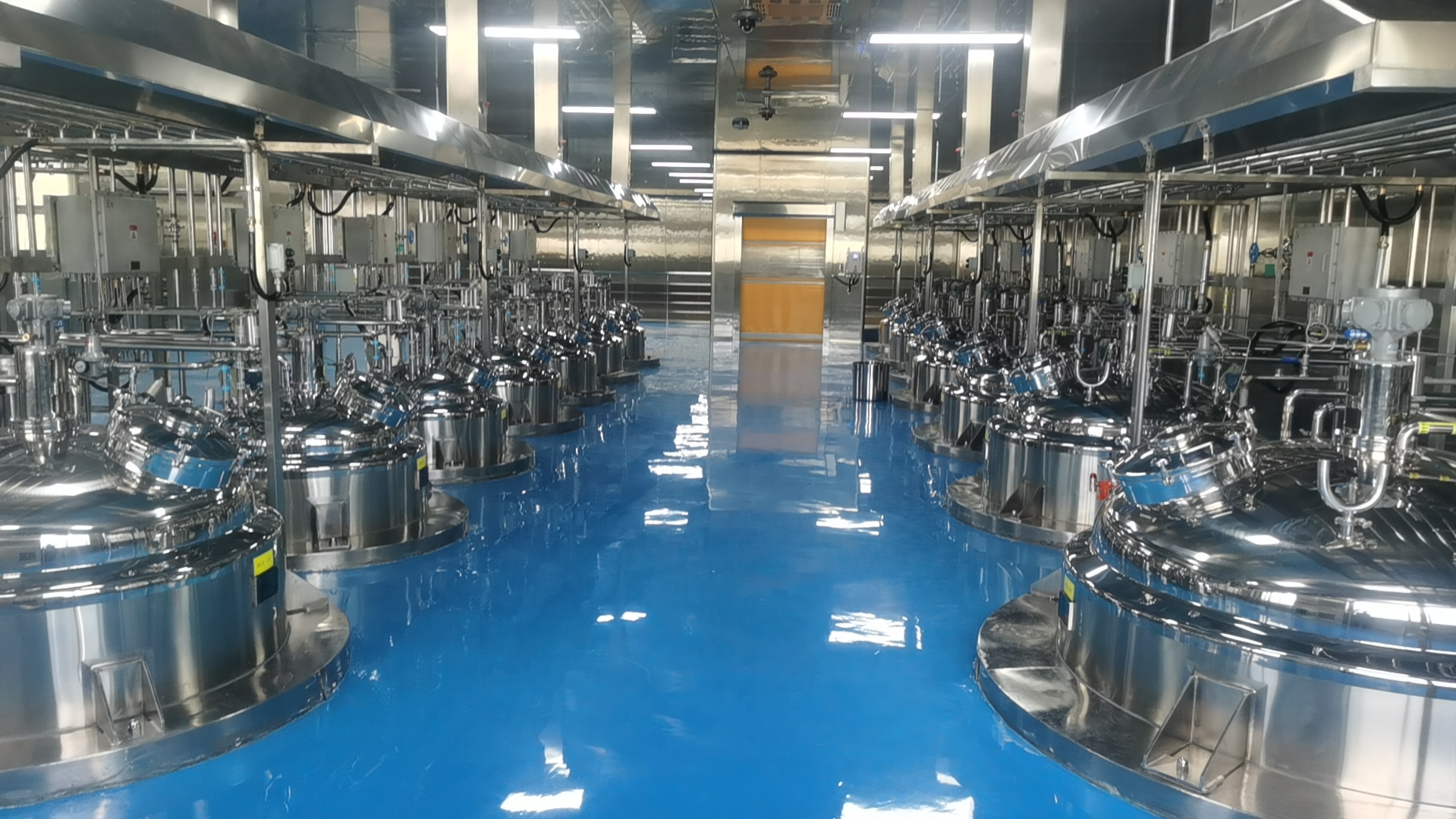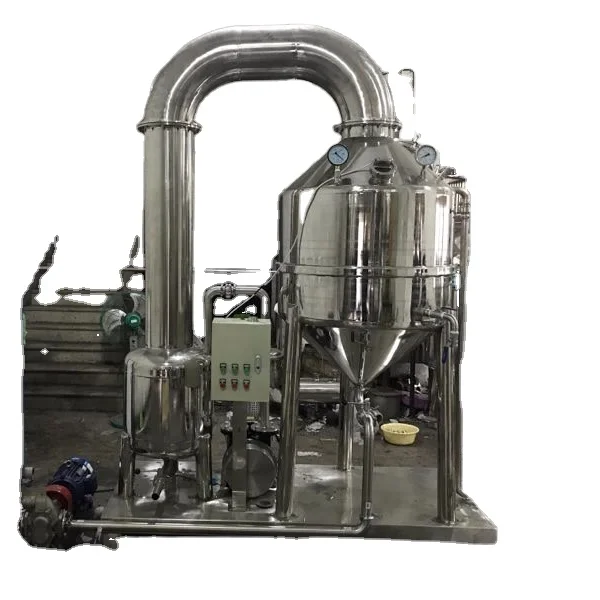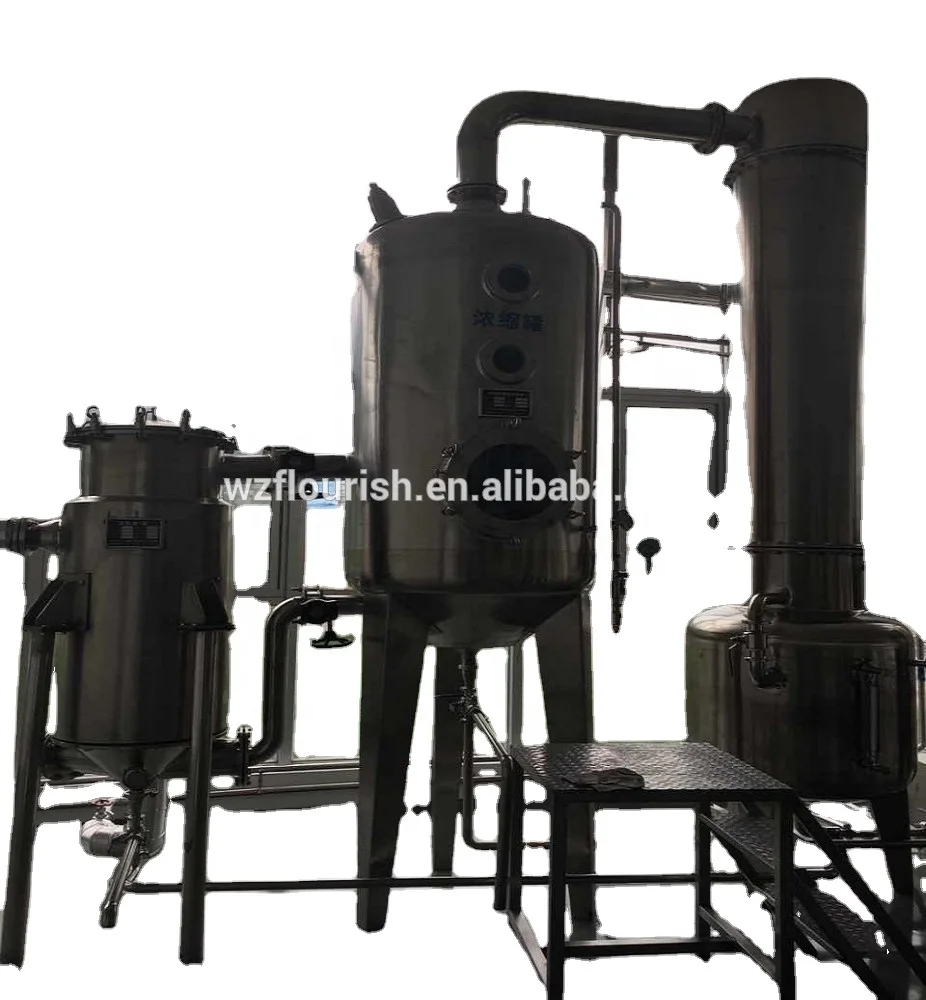
ABOUT
Wenzhou Vince Machinery Science Co., Ltd. was established in early 1980s. Our company covers an area of 6500 square meters and is an independent legal representative firm, possessing rich economic technology strength. Our company is a high tech enterprise and plays an important role in national dairy, foodstuff, pharmacy and machinery industries. We are a beverage machinery supplier.
Since the establishment, our company has mainly engaged in dairy products, foodstuff, beverage machinery, bean products, yellow wine, medicines and fermentation projects. What's more, our company supplies a complete sequence services in manufacturing, installation, test and personnel train, as well as the whole direction service design and consulting service on product project construction or enlargement artistic distribution engineering sets budget.
Film Evaporation
Mechanism of Film Evaporation
Film evaporation operates on the principle of maximizing heat transfer. Unlike conventional evaporation methods where liquid boils in bulk, film evaporators create a thin film of liquid that spreads evenly across a heated surface. This thin film presents a large surface area for heat exchange, drastically increasing the rate of evaporation. The liquid is typically fed onto the heated surface through a distributor, ensuring even distribution and preventing the formation of stagnant pools that would hinder efficient heat transfer.
The heat transfer mechanism predominantly involves conduction, with heat flowing from the heated surface into the liquid film. As the liquid film absorbs this heat, it vaporizes, creating a vapor stream that is then separated and collected. The efficiency of this process depends critically on factors such as the liquid's viscosity, surface tension, and thermal conductivity, as well as the temperature gradient between the heated surface and the liquid.
Types of Film Evaporators
Several designs of film evaporators cater to specific applications and process requirements. Falling-film evaporators, the most common type, involve gravity feeding the liquid down a heated vertical surface. Rising-film evaporators, conversely, utilize the vapor generated to lift the liquid film upwards against gravity. The choice between these types depends on the liquid's viscosity and the desired degree of concentration. For highly viscous liquids, rising-film evaporators may be more suitable to prevent clogging.
Other specialized designs include wiped-film evaporators, which utilize rotating blades to spread the liquid film even more thinly and efficiently scrape off the concentrated liquid from the heated surface, thus preventing fouling. This is particularly useful for handling viscous, heat-sensitive, or fouling liquids.
Advantages and Applications
Film evaporation offers several significant advantages over conventional evaporation methods. Its high heat transfer rates lead to efficient energy consumption and reduced operating costs. Furthermore, the short residence time of the liquid in the evaporator minimizes the risk of product degradation, making it suitable for heat-sensitive materials. This short contact time also leads to higher quality end-products, minimizing thermal damage.
The versatility of film evaporation is reflected in its diverse range of applications. It finds use in the food industry for concentrating juices and producing extracts, in the pharmaceutical industry for purifying and concentrating drug solutions, and in the chemical industry for producing various chemicals. Moreover, its contribution to desalination processes helps provide clean water sources in regions facing water scarcity. The broad spectrum of applicability highlights the technique's importance in diverse fields.
SUBSCRIBE
INQUIRY





